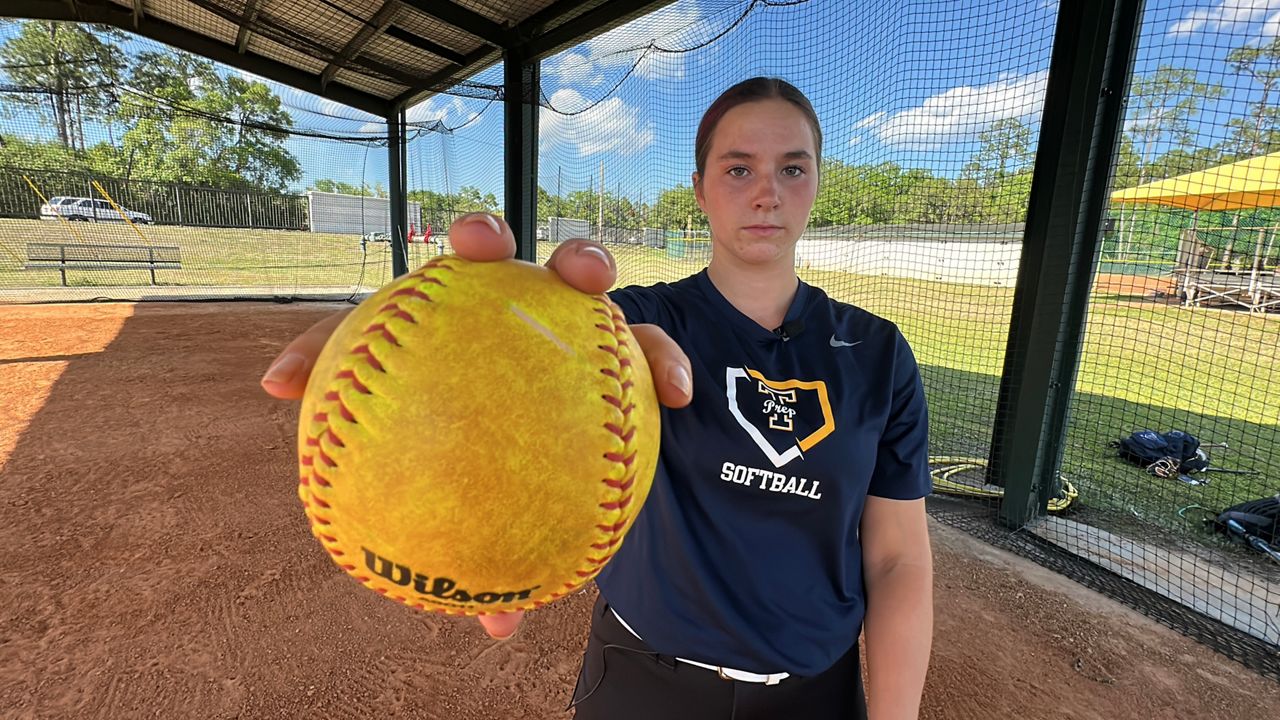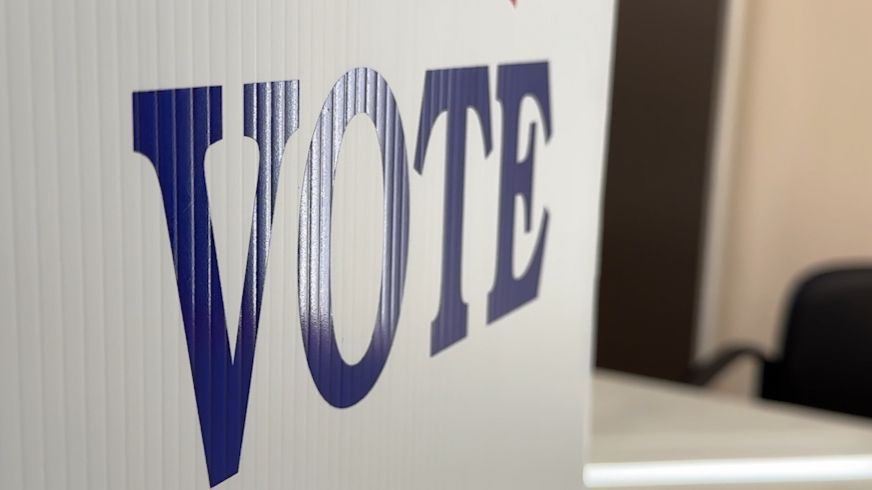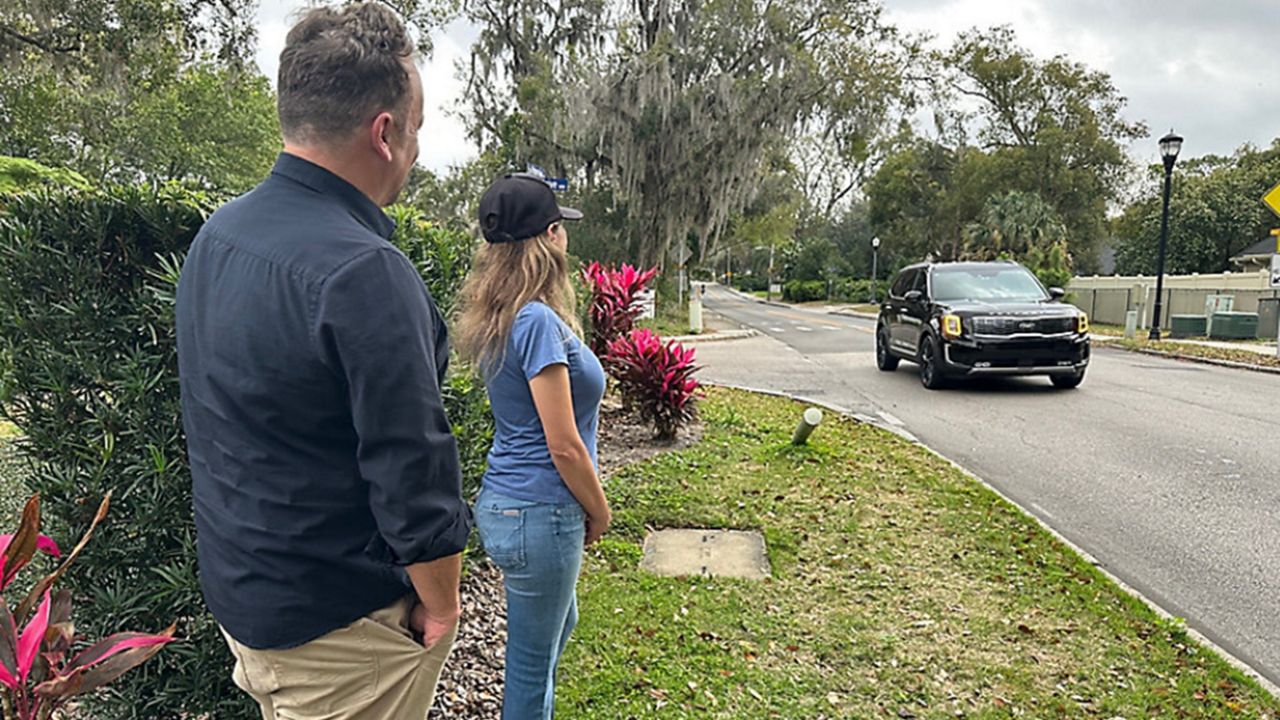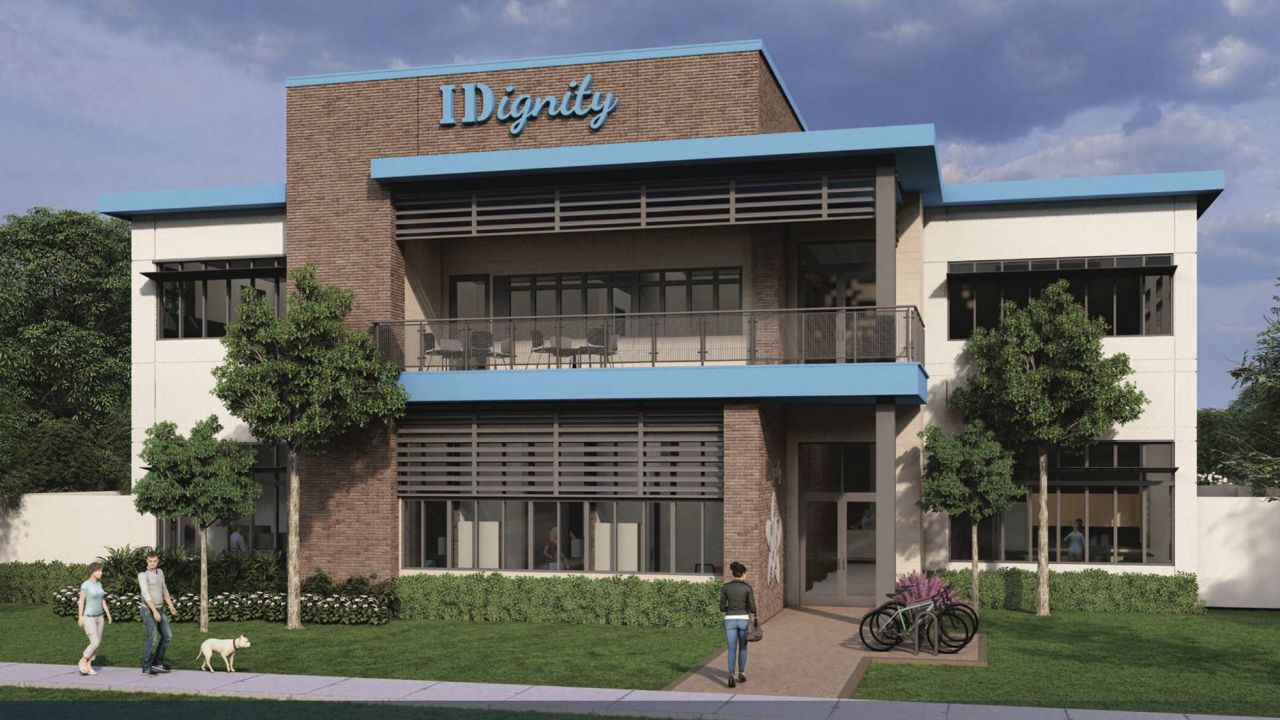ORLANDO, Fla. — The Homeless Services Network of Central Florida is working to finalize details for a new youth drop-in center.
It’s part of an $8.4 million grant from the U.S. Department of Housing and Urban Development.
According to new data by the Homeless Services Network, Orange County is seeing around 6,700 youth experiencing homelessness and housing instability. In Seminole County, that number is 2,700, and 3,000 youth in Osceola County.
Experts say there are several reasons leading youth or young adults to experience homelessness.
“It could be their existing or transitioning out of foster care or child welfare system, it could be because they lost a parent or a guardian and were left alone. It could be because they came out as LGBTQ+ or the parents didn’t agree,” said Aja Hunter, youth programs director for the Homeless Services Network of Central Florida.
Hunter says youth homelessness is different for everyone, and no one story is the same.
Juli Meyer was once homeless.
“I was couch surfing. Actually, at my sister’s and then a friend for like six months,” said Meyer, who is a young advisor, and a lived experience specialist at the Homeless Services Network.
Meyer became homeless in 2015, living in an emergency shelter for two years. Now, she’s making it her mission to help youth without a home.
“A lot of people are really going through it right now,” said Jada Blocker, who is also a lived experienced specialist at the Homeless Services Network.
Meyer and Blocker are part of an advisory board of people ages 16 to 24 who have started to divide an $8.4 million HUD grant to local groups assisting homeless youth.
“We hope to be able to empower them. And empower even their hopes and dreams,” said Blocker.
While putting together care packages for people experiencing homelessness, leaders like Hunter say one of the top needs recommended by young advisors like Meyer and Blocker, is having a youth-specific drop-in center as one of the staple projects.
“They said it would be very important to have a place where they can go, to have a sense of belonging to get basic needs met, a place that was open from the morning to the evening,” said Hunter.
Hunter says as rent increases, families are moving, and school districts have revealed there’s an increase in unaccompanied 16 to 17 year olds who are homeless in the area.
“We have hurricanes and when this displacement is happening, sometimes the parents have to go, and they take their younger children and their telling their children that are 16, 17 18, ‘You’re old enough and you got to figure it out on their own,’” she said.
The team of young advisors hopes to continue their mission as they talk through a grant application to get more funding centered on homeless youth.
“That’s how the popular saying goes is: nothing about us, without us,” said Meyer.
Both say having young voices involved in efforts to help their mission will bring more awareness on how to mitigate youth homelessness in Central Florida.
“You can be part of something great and change that narrative, right? It’s OK to struggle, but it doesn’t define you,” said Meyer.
The $8.4 million initial grant pays for two and a half years of work, but the organization has to raise matching funds.
Homeless Services Network leaders plan to seek continued funding for housing. The drop-in center is only one project.
Leaders say they plan to introduce other help like continuing to provide rental assistance, transitional housing opportunities, and a new program called “Host Homes” to work with youth and young adults, and find safe places for them to live.









